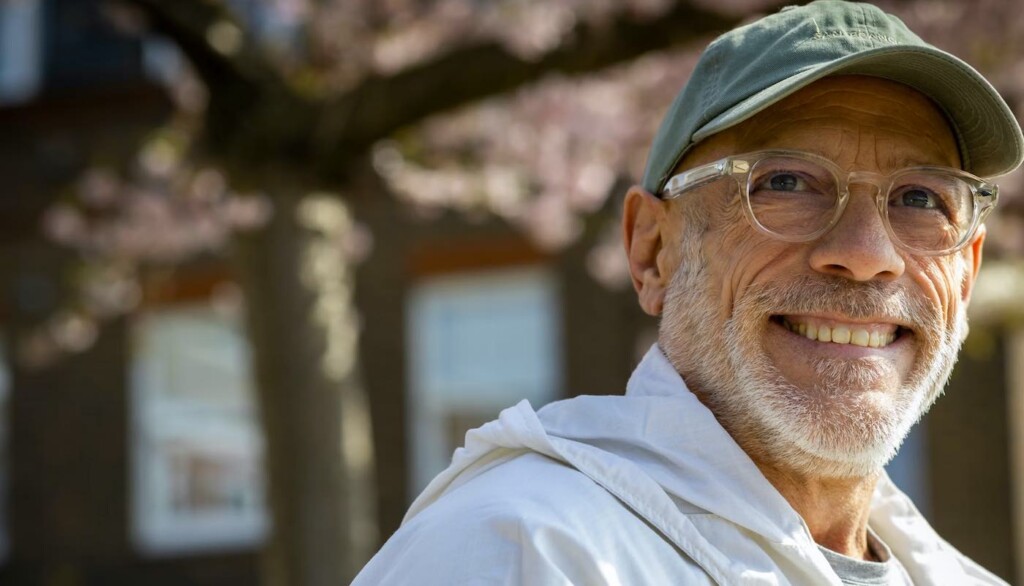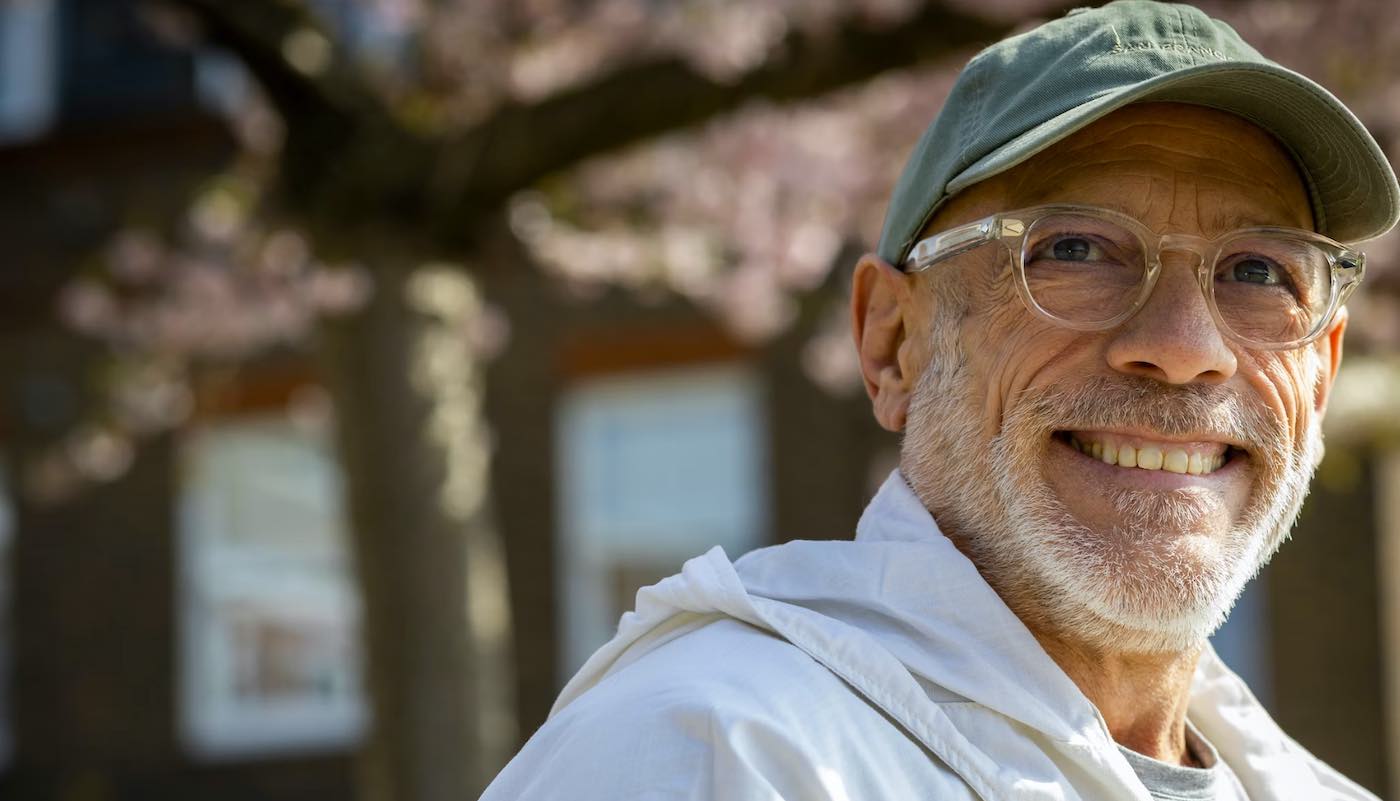
Whether in the harshest parts of Africa or the richest parts of California, longevity in humans is increasing.
Also, the gap between male and female life expectancy is narrowing, the researchers at Spain’s Universidad de Alcalá report in the journal PLoS One.
The authors split world populations into five clusters and found each area demonstrated longer life expectancies and fewer disparities between genders over the last 30 years. They also said their data predicts that these trends will continue into the next decade.
But although safer and safer conditions for blue-collar jobs have meant that men are dying less on the job, the experts believe they will never average the lifespans of women due to conditions caused by their Y chromosome, which seems to be associated with increased risk of lethal, non-communicable diseases.
In terms of life expectancy, researchers found that most countries in the world have seen improvements in longevity over the past two centuries according to data from across all continents between 1990 and 2000. Measures used were life expectancy at birth and eight other mortality indicators from the United Nations Populations Division records relating to 194 countries.
They then lumped these countries together to create five separate clusters based on their mortality and longevity characteristics between 1990 and 2010.
YOU MAY ALSO LIKE: Six Lifestyle Choices to Slow Memory Decline Identified in 10-Year Study of Aging
Amongst all five of the clusters of countries, the researchers found that life expectancy is increasing and the male-female mortality gap shrinking. The researchers also extended their model to predict outcomes for the groupings in 2030 and found a continuation of these trends.
Though all areas improved, Africa was found to be the region with the most significant improvements in mortality indicators.
“This fact clearly presents the growth in the aging processes around the world during the last 30 years,” said lead author Professor David Atance. “Even the best-performing high-income countries continue to grow, although these improvements slowed over time.”
He added that the closing of the gender longevity gap, which is decreasing in both the cluster analysis and country analysis worldwide, could be explained by the past “harmful” lifestyles of blue-collar males falling by the wayside in recent years.
HERE’S ONE WAY TO LIVE LONGER: 8 Weeks of Lifestyle Changes Reduced Biological Age by 3 Years In Groundbreaking Proof-of-Concept Study
If larger and larger slices of national populations age into their late 70s, 80s, and 90s as Atance and others have predicted, humanity will need to rapidly re-examine the picture of old age in our societies away from sitting in rocking chairs being cared for.
Renowned psychologist Gabor Mate has compared the phenomenon of a gerontocracy to the idea of “elders versus the elderly” where in traditional societies the old are still contributing and valued members of the community, who are consulted for their wisdom, but who can also still physically pull their weight.
SHARE These Encouraging Upward Trends With Your Friends…




















